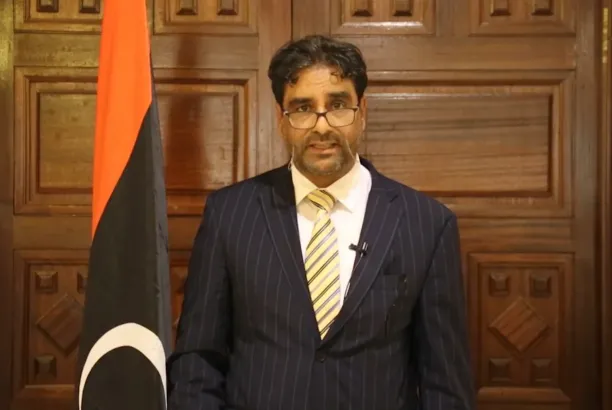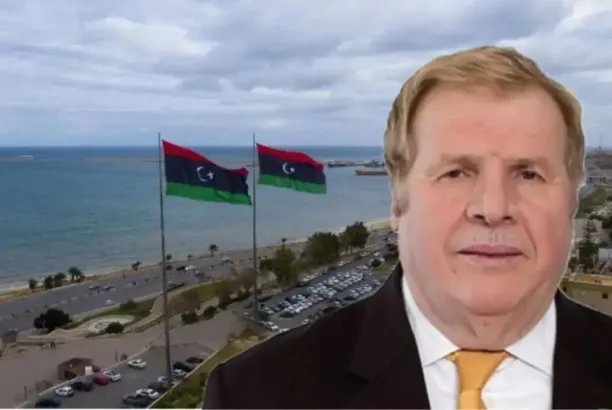Professor of Economics Mohammed Al-Barghouthi wrote: A strong currency is not measured by its exchange rate.
There is often confusion between the nominal exchange rate of a currency as shown in the market against the dollar or euro, and the deeper economic meaning of currency strength. A strong currency is not necessarily the one with a high exchange rate, but rather one backed by solid economic, financial, and institutional fundamentals.
Currency strength goes beyond the exchange rate
The strength of a currency is assessed by several factors, most notably:
- The strength of the real economy, production diversity, and the ability to generate real added value.
- The level of foreign reserves such as foreign currency, assets, and gold—higher reserves increase domestic and international confidence in the currency.
- Confidence in monetary institutions, particularly the independence and efficiency of the central bank.
- Political and security stability, since it is difficult for a currency to gain strength in a turbulent environment.
- Monetary balance, meaning that money issuance should not exceed the economy’s capacity to absorb it through real production or revenues.
The Libyan case: Where does the problem lie?
In Libya’s case, the pressure on the dinar cannot be attributed to regular government spending (such as salaries and public services). On the contrary, the dinar has been under significant pressure due to money creation out of nothing—through deficit financing via treasury bonds and bills, among other tools. This injected a large monetary mass into the market without being matched by production or real dollar revenues. Such liquidity generated additional demand for the dollar and raised its value considerably, not to mention widespread corruption in many state institutions.
The strength of the Libyan dinar is not measured solely by its exchange rate, but by the ability of monetary and fiscal policy to maintain discipline, and by the efficiency of institutions in managing the monetary cycle in a balanced way. Ultimately, the exchange rate reflects the economic reality; it does not create it.






